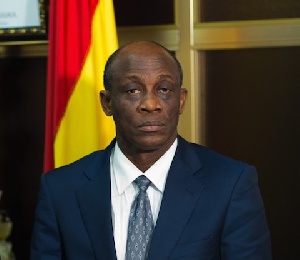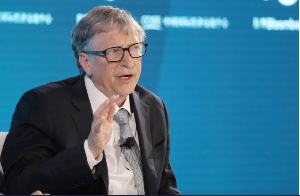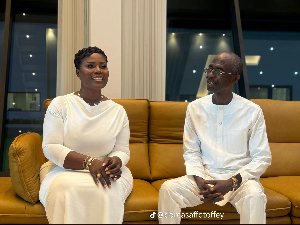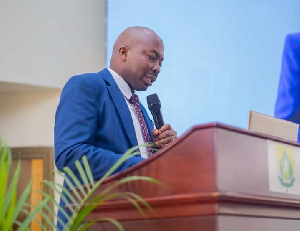The Institute of Fiscal Studies (IFS), an economic think-tank, says although the theme for Government’s 2015 Budget and Economic Policy is appropriate, it does not promote transformation in the country.
In its latest review of the 2015 Budget themed ‘Transformational Agenda: Securing the Bright Medium Term Prospects of the Economy,’ the IFS explained that the budget firstly does not explain the form that the proposed transformation will take and fails to provide details of the drivers of the transformation process and the expected outcome.
Punching more holes
The budget does not indicate how innovation and technology-led productivity growth will be pursued, how to transform agriculture and manufacturing to diversify the economy and how to foster inter-sectoral linkages, it said.
It indicated that there is no public investment programme or a well-designed infrastructure plan that will support growth, reduce transaction costs and enhance the country’s competitiveness.
Furthermore, the IFS mentioned “details of investment in human capital and development of skills of the labour force are foggy, and there are no plans and strategies to effect the required institutional changes.”
Secondly, it points out that the budget does not address a number of issues and risk areas with strong policies, strategies and innovative solutions, leaving the transformation process and outcomes in the hands of good fortune.
“What transformation would mean in terms of growth and success for individual businesses or opportunities for households to have access to more disposable income is silent in the budget. Details of transformation in the efficiency of government set against the rising recurrent expenditure and the disappointing projected economic growth rate are also muted.”
A look at the targets
For the 2015 financial year, government estimates a drop in economic growth to 3.9 percent (inclusive of oil) and 2.7 percent (exclusive of oil). Real GDP growth is projected to reach 4.9 percent in 2016 and 5.5 percent in 2017, giving an annual average growth rate of 4.4 percent between 2015 and 2017.
According to the IFS, “These growth rates are disappointingly low and are so because many of the dampening factors are not expected to improve, especially in 2015.”
It revealed that the budgeted capital expenditure for the year, for example, is equivalent to 5.2 percent of GDP, which is lower than the budgeted interest payments, equivalent to 7.1 percent of GDP, which does not promote growth.
“The growth projection in 2015 marginally exceeds the rate of population growth, implying low levels of per capita income and development, limiting the strength and shock absorption capacity of the economy.”
It added that the 2015 budget lacks growth orientation as it fails to provide adequate and credible policies and strategies to consolidate the fiscus and also maintain macro-economic stability.
Suggestions
In order to transform the economy through diversification, IFS called for significant infrastructure investment and hardwork to remove the main bottlenecks to growth, which mainly include the lack of affordable financing, inadequate electricity supply and water and poor transport infrastructure.
General News of Tuesday, 24 February 2015
Source: Daily Guide













